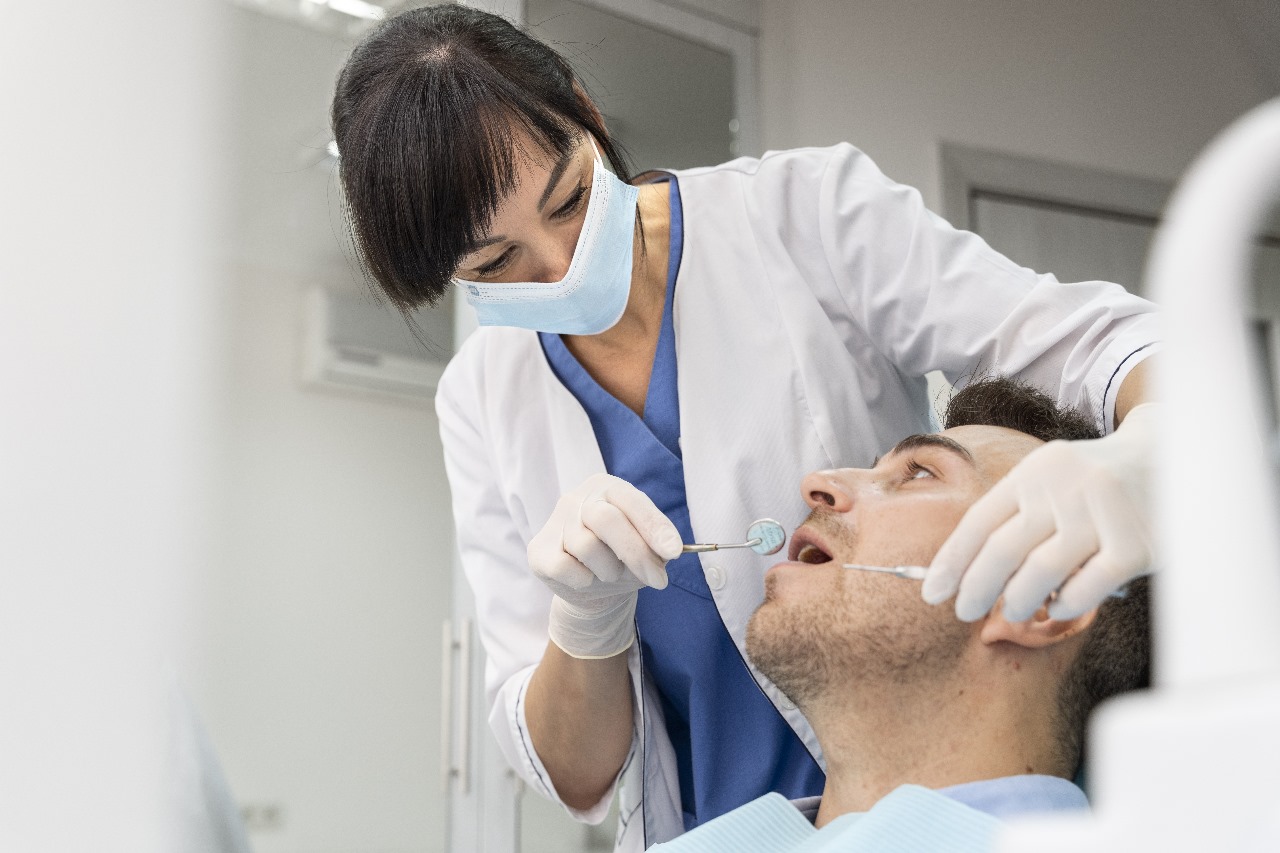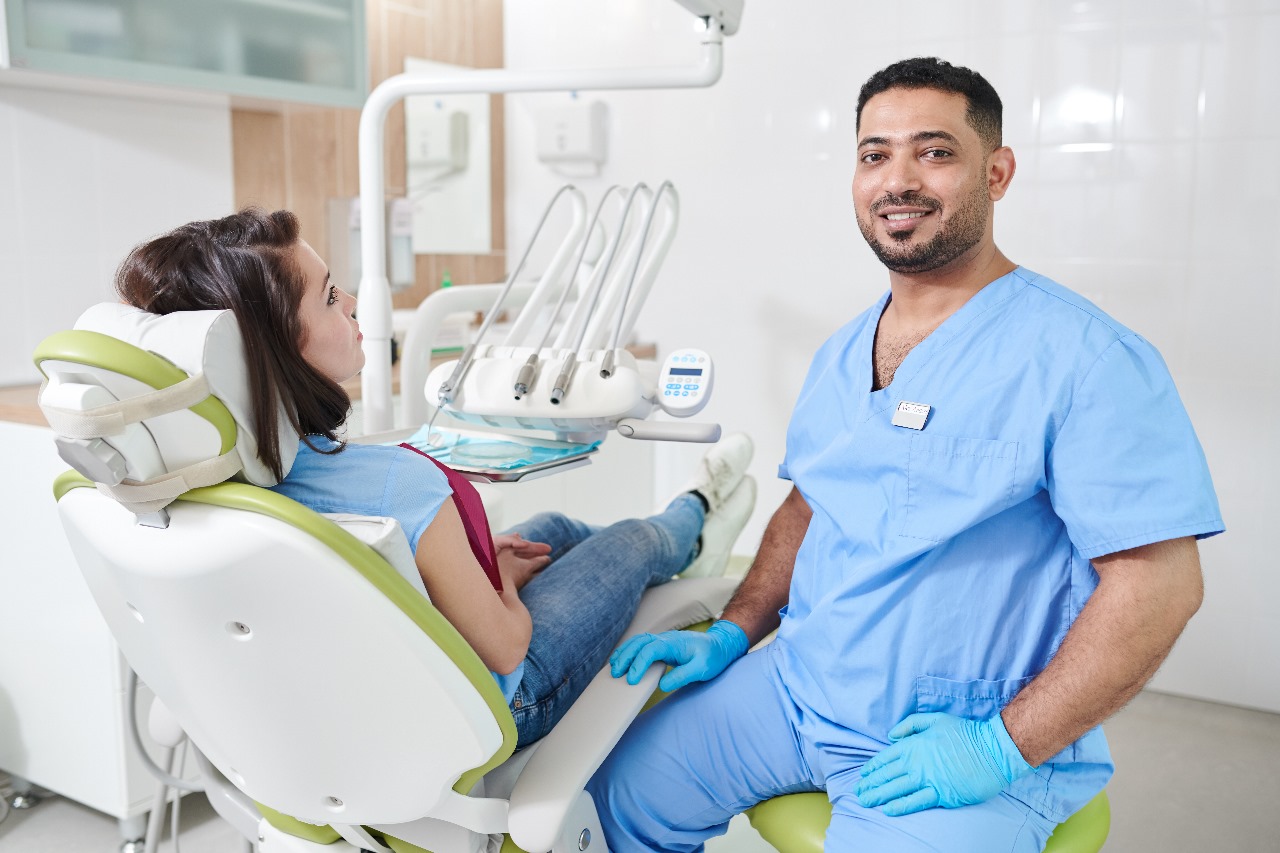Tooth extraction is a common dental procedure, but it requires diligent post-extraction care to ensure proper healing and prevent complications. Understanding what happens after a tooth extraction and how to manage the recovery process can help you navigate this period with confidence and ease.
What to Expect Immediately After a Tooth Extraction?
Immediately after a tooth extraction, you will experience several sensations as the anaesthesia wears off. Here’s what you can expect:
- Numbness: The extraction site and surrounding areas will remain numb for a few hours.
- Slight bleeding: It is normal to experience some bleeding at the extraction site for the first few hours.
- Swelling: Swelling around the extraction site is common and may last for several days.
- Pain/discomfort: As the numbness fades, you may start to feel pain or discomfort.
Managing these immediate post-extraction sensations is crucial to ensure a smooth recovery.
How Can You Manage Pain and Swelling?
Managing pain and swelling effectively is essential for a comfortable recovery. Here are some tips:
- Use prescribed painkillers: Follow your dentist‘s instructions on pain medications.
- Apply cold compresses: Use ice packs on the affected area for 15-20 minutes at a time.
- Avoid strenuous activities: Rest and avoid physical exertion for at least 24 hours.
Table: Pain Relief Options
| Pain Relief Option | Description |
| Ibuprofen | Anti-inflammatory, reduces pain and swelling |
| Acetaminophen | Pain reliever without anti-inflammatory effect |
| Prescription Medications | Stronger pain relief prescribed by the dentist |
What Should You Eat and Avoid After a Tooth Extraction?
Diet plays a significant role in the healing process. Knowing what to eat and what to avoid can help prevent complications.
- Recommended Foods:
- Soft foods like yogurt, mashed potatoes, and smoothies.
- Cool foods such as ice cream and cold soups.
- Foods to Avoid:
- Hard, crunchy foods that can irritate the extraction site.
- Hot and spicy foods that may cause discomfort.
- Alcohol and tobacco, which can hinder the healing process.
How Do You Keep the Extraction Site Clean?
Maintaining oral hygiene is crucial, but you must be gentle to avoid disturbing the blood clot at the extraction site.
- Oral Hygiene Tips:
- Rinse your mouth gently with saltwater starting 24 hours after the extraction.
- Avoid vigorous mouth rinsing to prevent dislodging the blood clot.
- Do not use a straw, as the suction can disturb the healing site.
What Are Potential Complications and How Can You Handle Them?
While most tooth extractions heal without issues, complications can occur. Being aware of these potential problems and knowing how to handle them is essential.
Table: Common Post-Extraction Complications
| Complication | Symptoms | Management |
| Dry Socket | Severe pain, bad breath, exposed bone | Contact dentist, may require treatment |
| Infection | Fever, increased pain, swelling, discharge | Antibiotics, follow-up visit |
| Prolonged Bleeding | Continuous bleeding beyond 24 hours | Apply gauze, contact dentist if persistent |
What Is the Follow-Up Care and Long-Term Healing Process?
Follow-up care is necessary to ensure the extraction site heals properly. Long-term healing involves several stages, and it’s important to follow your Dentist Glenroy advice throughout the process.
- Long-Term Healing Tips:
- Attend follow-up appointments to monitor healing.
- Observe the extraction site for any signs of complications.
- Maintain good oral hygiene practices to promote healing.
Table: Healing Timeline After Tooth Extraction
| Time Frame | Expected Symptoms | Recommended Actions |
| First 24 Hours | Bleeding, swelling, pain | Rest, use ice packs, take prescribed meds |
| 1-3 Days | Reduced bleeding, continued swelling, discomfort | Eat soft foods, avoid strenuous activity |
| 1 Week | Minimal swelling, beginning to feel better | Resume normal activities, gentle brushing |
| 2 Weeks and Beyond | Healing nearly complete, follow-up visit | Monitor site, follow dentist’s advice |
How Can Research Validate This Information?
Research supports the importance of following proper post-extraction care to prevent complications and ensure a smooth recovery. According to the Australian Dental Association, proper aftercare includes pain management, maintaining oral hygiene, and avoiding activities that can dislodge the blood clot, such as using straws or smoking.
Read More: How Long Do Tooth Extractions Take to Heal?
For further reading, you can refer to these resources:
Following these guidelines and recommendations from dental professionals can significantly enhance the healing process and reduce the risk of complications.
By adhering to the steps outlined in this article, you can ensure a smooth and successful recovery after a tooth extraction. If you have any concerns or experience unusual symptoms, it’s essential to contact your Emergency Dentist promptly.
For those in the Glenroy area, consider visiting Glenroy Smiles Dental for professional and compassionate dental care tailored to your needs.
FAQs on Tooth Extraction Aftercare
1. How long does it take to recover from a tooth extraction?
Answer: Recovery time varies depending on the complexity of the extraction and individual healing rates. Generally, the initial healing period takes about 1-2 weeks. However, complete healing of the extraction site can take several months. During the first 24-48 hours, it’s crucial to follow your dentist’s aftercare instructions to ensure proper healing and minimise complications.
2. What foods can I eat after a tooth extraction?
Answer: After a tooth extraction, it’s important to eat soft and cool foods that won’t irritate the extraction site. Recommended foods include yogurt, mashed potatoes, smoothies, ice cream, and cold soups. Avoid hard, crunchy, hot, and spicy foods, as well as alcohol and tobacco, which can hinder the healing process and increase the risk of complications.
3. How can I manage pain and swelling after a tooth extraction?
Answer: Pain and swelling are common after a tooth extraction. To manage them effectively:
- Use prescribed painkillers as directed by your dentist.
- Apply cold compresses to the affected area for 15-20 minutes at a time.
- Avoid strenuous activities and rest for at least 24 hours. If pain or swelling persists beyond a few days or worsens, contact your dentist for further advice.
4. What should I do if I experience prolonged bleeding after a tooth extraction?
Answer: Some bleeding is normal within the first 24 hours after a tooth extraction. To manage it:
- Bite down on a gauze pad for 30-45 minutes to apply pressure to the extraction site.
- Avoid rinsing your mouth vigorously, spitting, or using straws. If bleeding continues beyond 24 hours or is severe, contact your dentist immediately as this may indicate a complication that needs professional attention.
5. What are the signs of an infection after a tooth extraction?
Answer: Signs of infection after a tooth extraction include:
- Persistent or worsening pain
- Fever
- Swelling that doesn’t decrease or continues to worsen
- Discharge or pus from the extraction site
- Bad breath that doesn’t improve with oral hygiene If you notice any of these symptoms, contact your dentist promptly for evaluation and treatment. Infections may require antibiotics or additional dental care.
6. When can I resume normal activities after a tooth extraction?
Answer: It’s important to rest and avoid strenuous activities for at least 24-48 hours after a tooth extraction to allow the initial healing process to occur. Most people can resume normal daily activities after this period, but avoid heavy lifting and vigorous exercise for at least a week. Follow your dentist’s specific recommendations based on the complexity of your extraction and your overall health.
For those in the Glenroy area, consider visiting Glenroy Smiles Dental for professional and compassionate dental care tailored to your needs.












